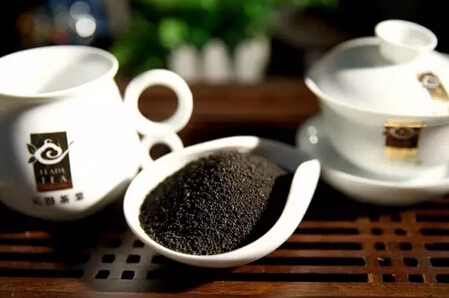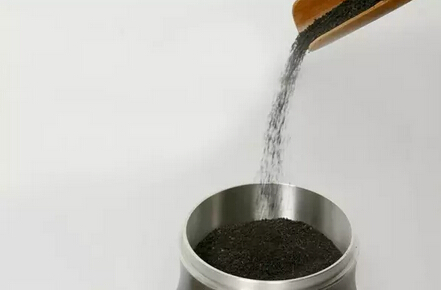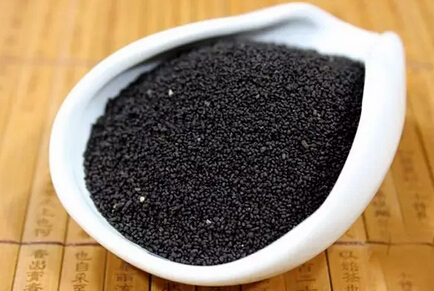Some time ago, the media reported on elephant dung coffee, which is even more expensive than Indonesian civet coffee, and also introduced other rare and expensive coffees like bird droppings coffee and monkey coffee. In fact, China has its own 'black gold' in tea, with an even longer history, called 'insect droppings tea.'

Insect droppings tea was initially a favorite among ethnic minorities like the Miao and Yao people living in the border regions of Guangxi, Hunan, and Guizhou. It is similar to civet coffee. There are two main types: one is produced from Liubao tea leaves in Guangxi, also known as 'Dragon Pearl Tea,' which the locals of Wuzhou affectionately call 'tea treasure.' It is made by drying Liubao tea leaves to attract small black insects that feed on them and leave behind droppings. The other type is produced in the Miao and Yao regions of Hunan and Guizhou, known as 'insect tea.' It is made by placing stems and leaves of plants like the incense tree into bamboo baskets, sprinkling them with rice-washing water to ferment, and attracting insects like the incense tree moth to feed and excrete.
From a scientific perspective, insect droppings tea is not actually tea but rather insect excrement, even more so than dung coffee. It is produced by insects like the incense tree moth and rice black beetle feeding on leaves of plants like the incense tree and bitter tea and then excreting. The production methods vary by region. Some involve sprinkling rice-washing water on the leaves to promote fermentation, while others simply sun-dry or roast the droppings. Some even mix honey, tea leaves, and insect droppings in specific proportions and roast them again.

Insect droppings tea is the size of millet grains, odorless and clean, with a dark brown appearance and a tea-like fragrance. The brew is greenish-brown, with a rich, mellow, and sweet aftertaste. It boasts excellent nutritional and medicinal value. According to Li Shizhen's 'Compendium of Materia Medica' from the Ming Dynasty, insect droppings tea has effects like clearing heat, relieving summer heat, detoxifying, strengthening the spleen, and aiding digestion. It is highly effective for conditions like diarrhea, nosebleeds, hemorrhoids, and gum bleeding. Modern medical tests show it contains nearly 20 amino acids, as well as essential trace elements, crude protein, crude fat, carbohydrates, and vitamins. It is also a great remedy for poor stomach function.

To brew insect droppings tea, use 2-3 grams and steep in boiling water or boil in a tea bag. For example, Guangxi insect tea yields a deep reddish-brown brew with a golden edge, similar to aged Pu-erh tea, and can be steeped multiple times. The taste is mellow and smooth, with a sweet aftertaste (especially if honey was added during roasting).
Although the name 'insect droppings tea' may sound unappealing, it has an elegant and mature aroma, a rich and mellow taste, and a deep, dark brew. It offers a unique flavor without any greasiness, instead leaving one feeling invigorated and inspired. Its distinct qualities have made it highly sought after by tea enthusiasts.

China is vast and rich in diversity, and it's likely that many are hearing about insect droppings tea for the first time.